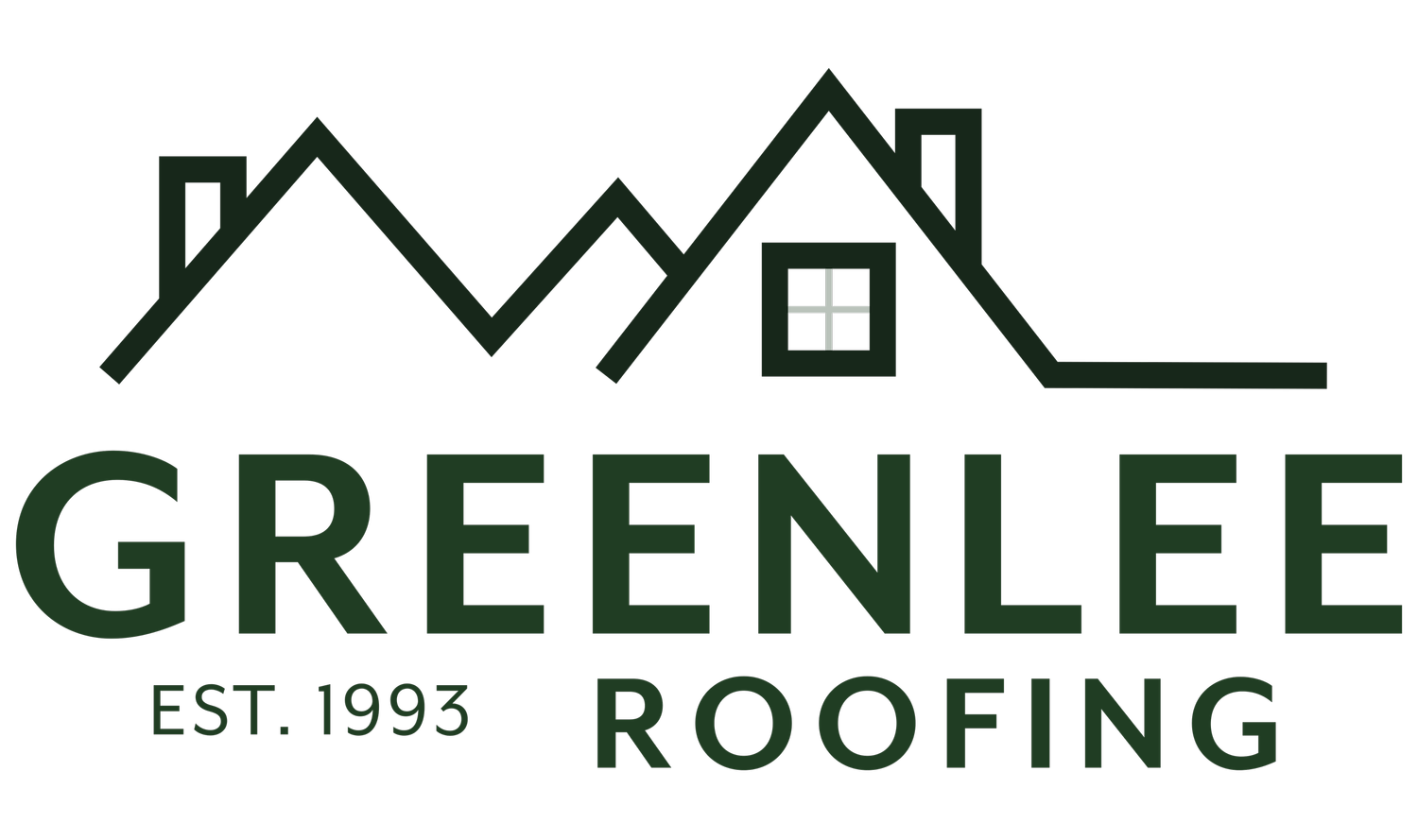Why Should I Remove the Snow From my Roof?
After a big snowstorm in Central Oregon, it is a common sight to see your neighbors outside shoveling the snow off their roofs. Some homeowners go all in and shovel every square inch of their roofs, removing all the snow entirely. Others opt for a less cumbersome approach and choose to only shovel the edge of their roofs has to discourage ice dam formation. When deciding what is best for your roof, the answer is more complicated than looking around your neighborhood and seeing what everyone else is doing.
Is there a benefit to leaving snow on your roof?
Unless it’s solar, some roof snow can actually be good for your home! A light layer of snow can offer some insulation to your home, which in turn, can lower your heating bill. Allowing some snow to remain on your roof protects your home from the freezing temperatures we often see. If the snow on your roof is sticking around longer than your neighbors, then your insulation is likely also in good shape.
Things to consider before you remove snow from your roof:
Roof Type– The Roofing material used on your roof. Metal roofs tend to shed snow and ice better, whereas shingled roofs tend to hold the snow more.
The Pitch of your Roof – Flatter roofs (less than 3/12 pitch) tend to hold more snow moisture as snowmelt is unable to fall from the roof, and ice dams are created faster.
Temperature Fluctuations– Fluctuations in temperature can cause a higher concentration of snow without any of that snow melting off. Homeowners need to be extra cautious of rain accumulation on a roof covered in snow. If the rain doesn’t fall from the roof, then it is added to the weight of the snow, which in turn, creates more weight on your roof.
The Age of your Home– Homes that are older tends to have had different requirements for what was the standard for snow load when they were built. They also tend to have a higher potential for rot and thermal issues.
Amount and density of snow matters for your roof!
The amount of snow on your roof is called snow load. Just measuring the depth of the snow on your roof will not give you an accurate weight of the snow on your roof. The density of the snow and ice on your roof will also be needed to determine your roof’s snow load. For a quick analysis, the basic calculation for snow load is as follows:
(S x 1.25lbs)+(I x 5.2lbs) = P
S = inches of snow on the roof (depth)
1.25lbs= Approx weight of snow for each 1-inch of depth per sq ft
I = Inches of Ice Buildup on the roof (depth)
5.2lbs= Approx weight of ice for 1-inch of depth per sq foot
P =pounds per square foot (lbs/sq ft)
Example: If the snow on my roof is 20-inches deep with .5 inches of ice, what would that equate to?
(20-inch roof snow depth x 1.25 lbs/sq ft ) + (.5-inch roof ice depth x 5.1lbs/sqft)= 27.1 lbs per sq ft of roof snow load.
In Central Oregon, anything that is in excess of 60lbs can be considered dangerous and most roofs should be cleared at 40lbs per square foot of roof snow load. And while this is a general rule if you are considered you should consult the building codes that were current at the time of your home’s construction.
Removing rooftop snow
We totally understand the desire to remove snow from your roof yourself, however, we advise extreme caution in any attempt to do so and suggest that you call Greenlee Roofing to remove the snow safely from your home. Not only are you not putting yourself at risk of falling off of your home you are also ensuring that your roof will not be damaged in the snow removal process. Non-professional snow removal leads to damage on the roof that will cause expensive leaks as the snow melts and by hiring Greenlee Roof you are guaranteed a safe and professional experience that keeps your roof intact.
If you are interested in ordering snow removal please contact us or visit our snow removal calculator that will allow you to enter the details of your home and order a team to come out and take care of your roof.
Greenlee Roofing is fully licensed, bonded, and insured. We’ve served Central Oregon for over 30 years with a reputation for honest, quality work. We offer financing options to help make your roofing project more manageable. Our team can walk you through available plans and help you find an option that fits your budget.

